It is common to make letter combinations in PI&D diagrams according ANSI/ISA S5.1-1984 (R 1992) “Instrumentation symbols and identification”standard. In addition to the letter combination it is common with a succeeding number as a unique identification of the actual instrument. The numbering practice varies – some use a sequential number, others use a number related to the process line number or similar.
The below tutorial guides us about instrument tagplate assignment as per ISA standard
First Letter
First letter indicates a measured or initiating variable, or a modifier, such as Current (I), Speed (S) or Flow (F).
Measured or Initiating Variable
A – Analysis
B – Burner, combustion
C – User’s choice
D – User’s choice
E – Voltage
F – Flow rate
G- User’s choice
H – Hand
I – Current (electrical)
J – Power
K – Time, time schedule
L – Level
M- User’s choice
N- User’s choice
O- User’s choice
P – Pressure, vacuum
Q – Quantity
R – Radiation
S – Speed, frequency
T – Temperature
U – Multivariable
V – Vibration, mechanical analyses
W – Weight, force
X – Unclassified
Y – Event, state or presence
Z – Position, dimension
Modifier
D – Differential
F – Ration (fraction)
J – Scan
K – Time rate of change
M – Momentary
Q – Integrate, totalizer
S – Safety
X – X-axis
Y – Y-axis
Z – Z-axis
Second or Succeeding Letters
Second or succeeding letters indicates a readout or passive function, output function or a modifier function.
Readout or Passive Function
A – Alarm
B – User’s choice
E – Sensor (primary element)
G- Glass, viewing device
I – Indication
L – Light
N- User’s choice
O- Orifice, restriction
P – Point (test connection)
R – Record
U – Multifunction
W – Well
X – Unclassified
Output Function
B – User’s choice
C – Control
K – Control Station
N- User’s choice
S – Switch
T – Transmit
U – Multifunction
V – Valve, damper, louver
X – Unclassified
Y – Relay, compute, convert
Z – Driver, actuator
Modifier Function
B – User’s choice
H – High
L – Low
M – Middle, intermediate
N- User’s choice
U – Multifunction
X – Unclassified
Examples – P&ID codes
1.Flowmeter – Indicating
FI 001
2.Temperature – Transmitter
TT 001
3.Control Valve
FV 001
4.Position Switch – High Level
ZSH 001
Also Read: List of Instrumentation Standards
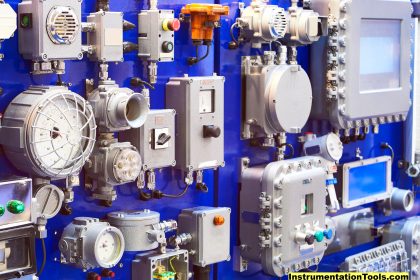
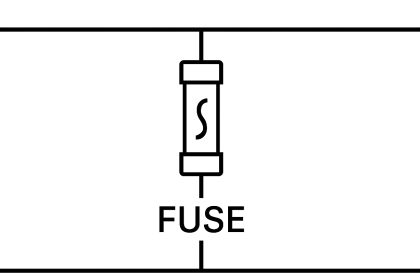
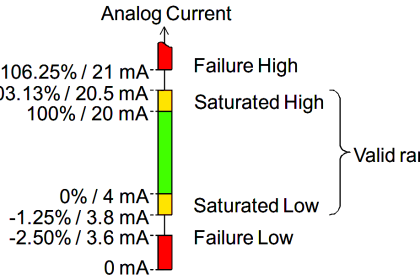
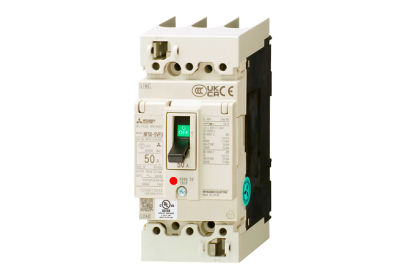
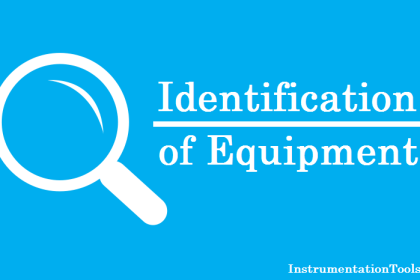
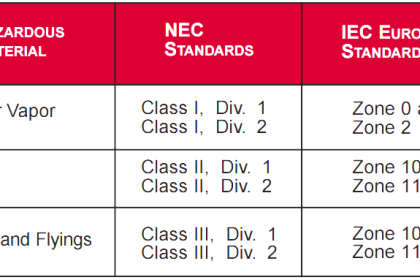
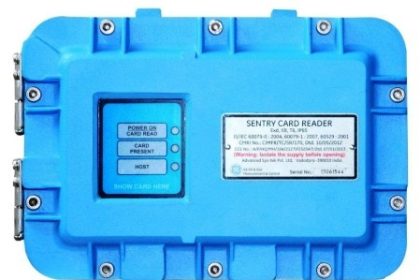

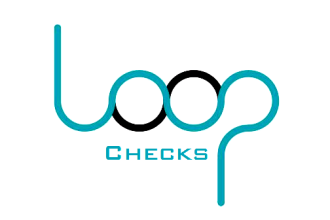
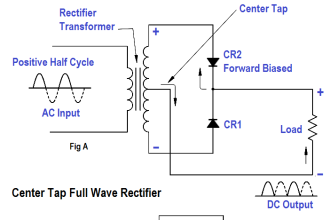

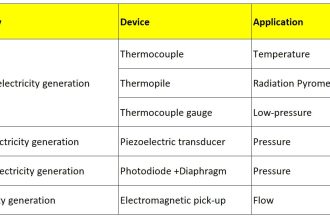
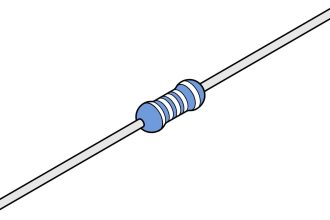
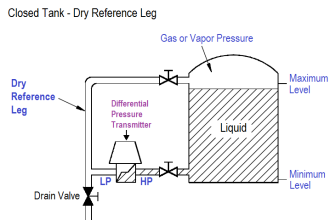
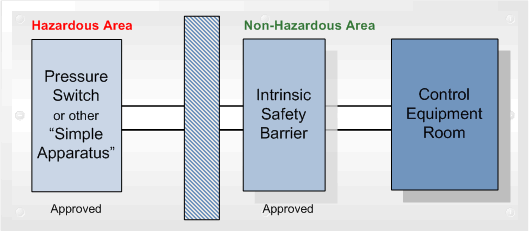


Callibration procedure of TT,PT,FT & LT with HART? and its diagram.